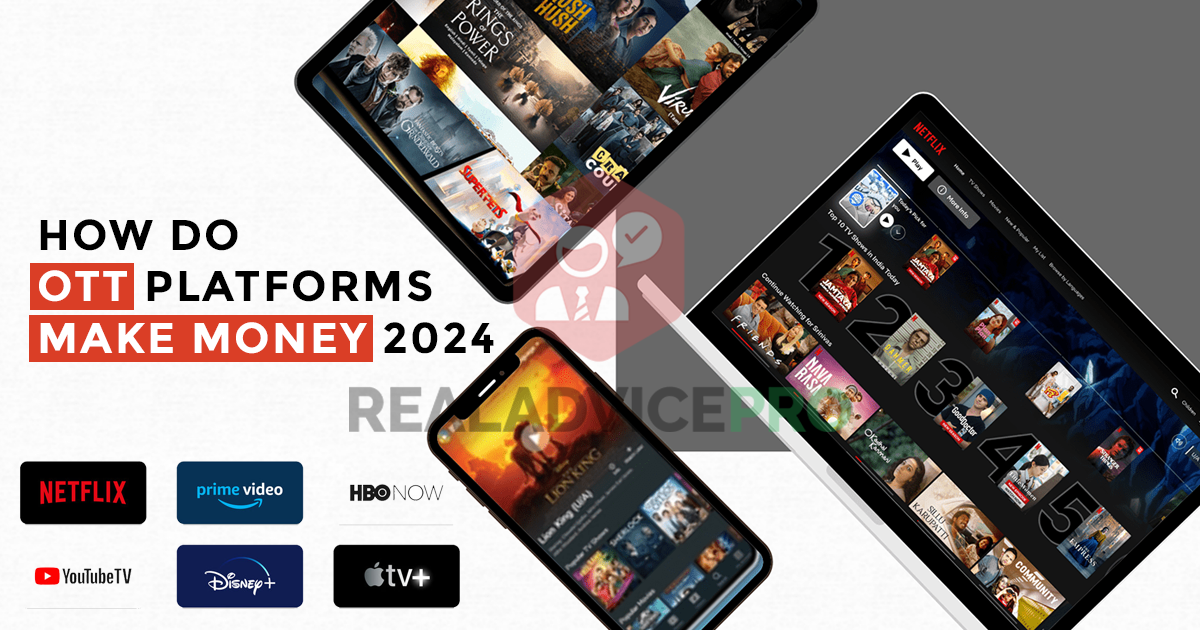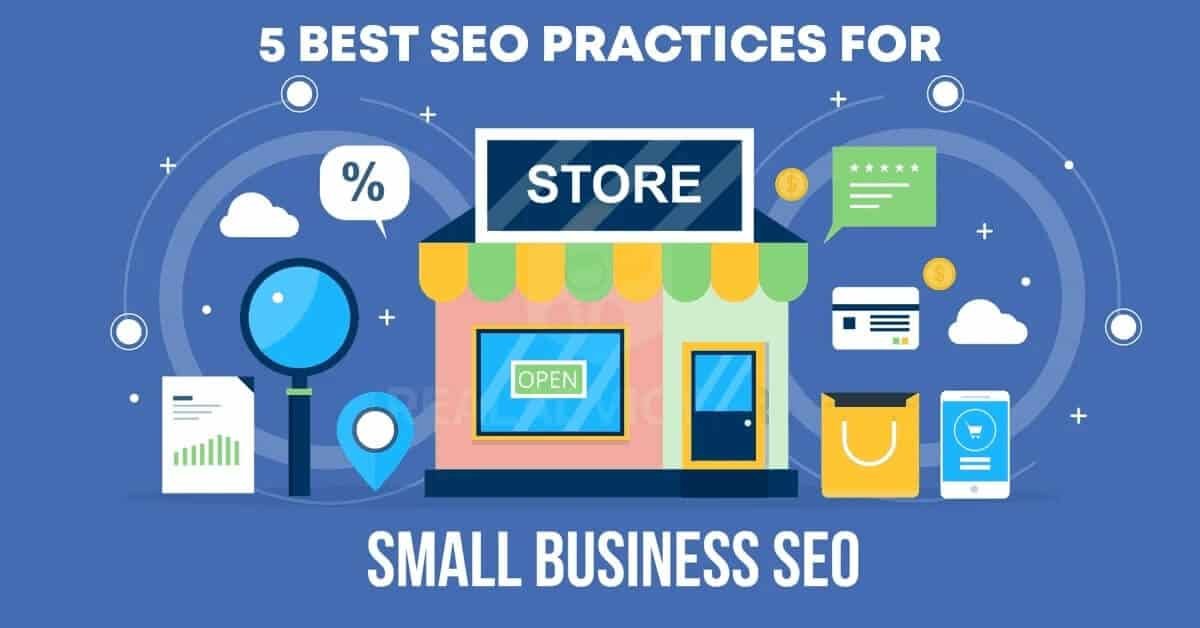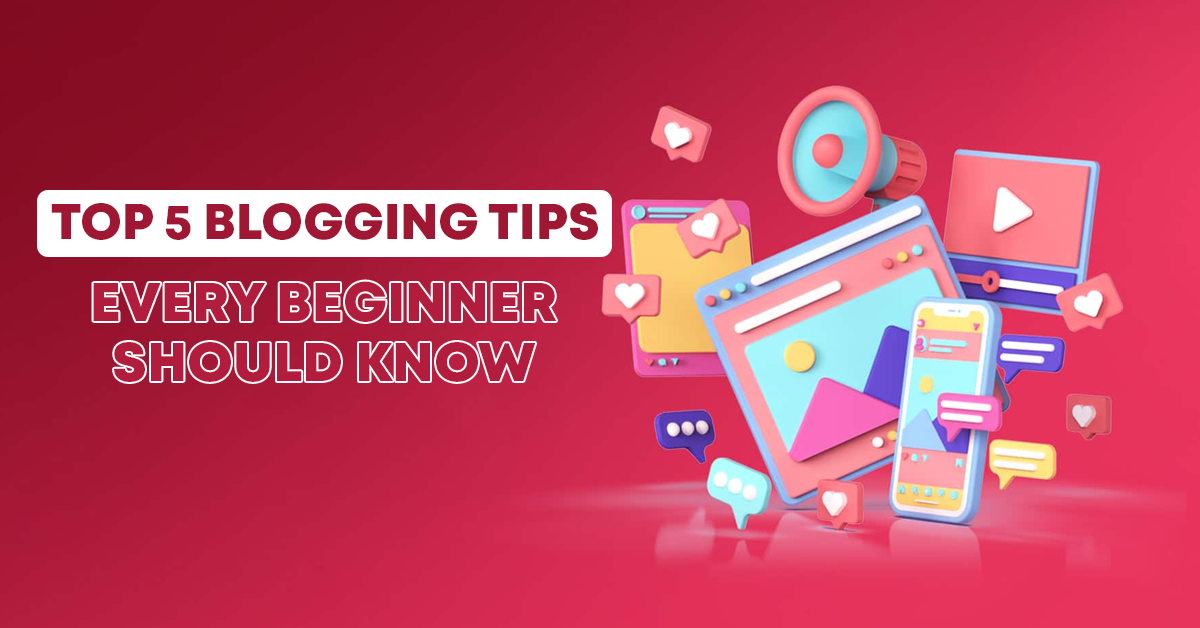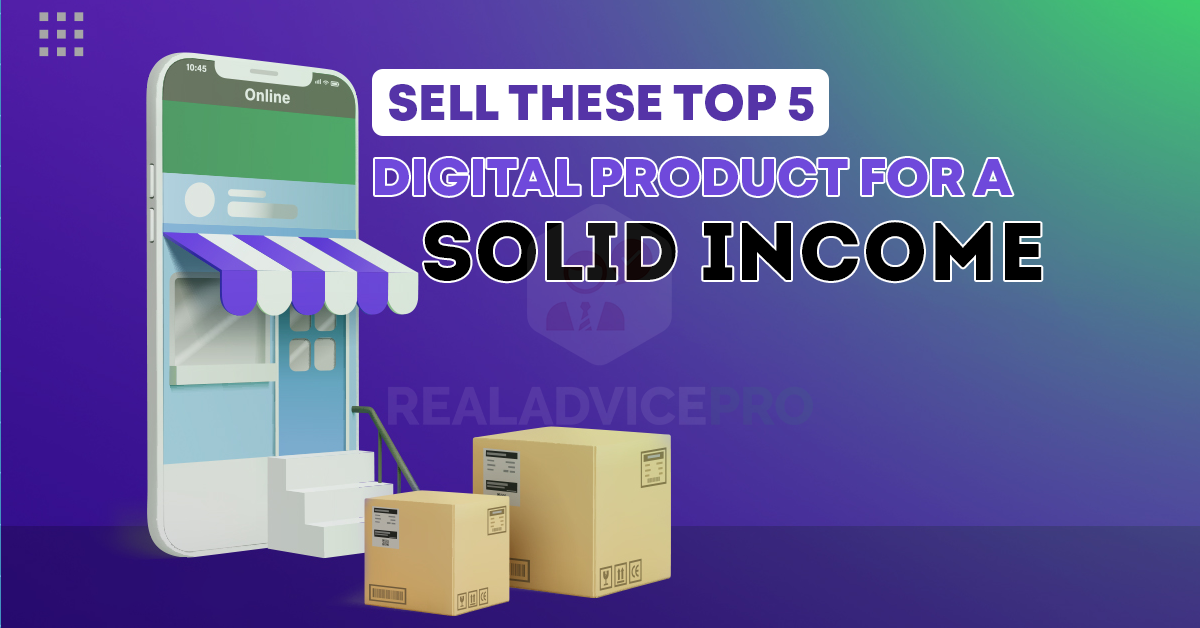How OTT Platforms Make Money
OTT platforms like Netflix and Disney reign supreme. Many people nowadays keep up with all the new gossip and shows. but how do they turn all that amazing content into actual profit? Dive into the world of OTT monetization for this year, 2024! We’ll explore subscription showdowns, ad invasions (and innovations!), pay-per-view perks, and beyond. Buckle up, entertainment enthusiasts, and discover the money moves keeping the content flowing!
Table of Contents
Subscription Showdown: The King of the Castle (SVOD)
One of the most known ways of how OTT platforms make money.
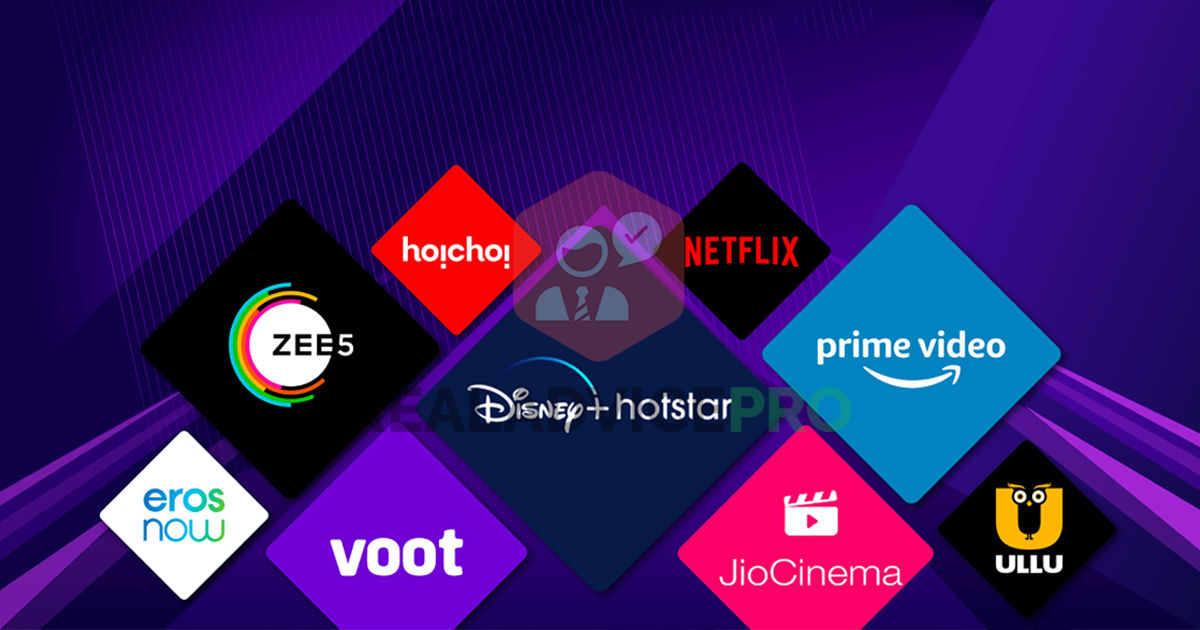
Subscriptions are the golden ticket for OTT platforms, acting as a reliable cash cow that fuels the content creation machine. Unlike unpredictable ad sales, monthly fees offer a steady stream of income, allowing platforms to confidently invest in productions and plan future seasons. They use tiered plans with varying price points and access levels, catering to different budgets and viewing habits. Think affordable basic plans with ads, ad-free premium options, and even family plans for shared enjoyment.
These subscriptions incentivize platforms to create exclusive content like Netflix’s “Stranger Things” or Disney+’s “The Mandalorian,” attracting and retaining viewers who crave unique experiences. Moreover, they encourage user loyalty, keeping them locked in and exploring the platform’s library instead of hopping between competitors.
By analyzing subscriber behavior, platforms gain valuable data insights, allowing them to personalize recommendations, improve content offerings, and even experiment with targeted pricing to maximize revenue. However, balancing subscriber acquisition with retention through high-quality content and innovative features remains a key challenge in the face of growing subscription fatigue. So, the next time you pay your monthly fee, remember, that you’re not just enjoying entertainment, you’re powering the engine that keeps the content flowing!
Free Entertainment, Not-So-Free Ads: Unveiling the AVOD Model
One of the prominent ways through which OTT platforms make money is the AVOD Model.
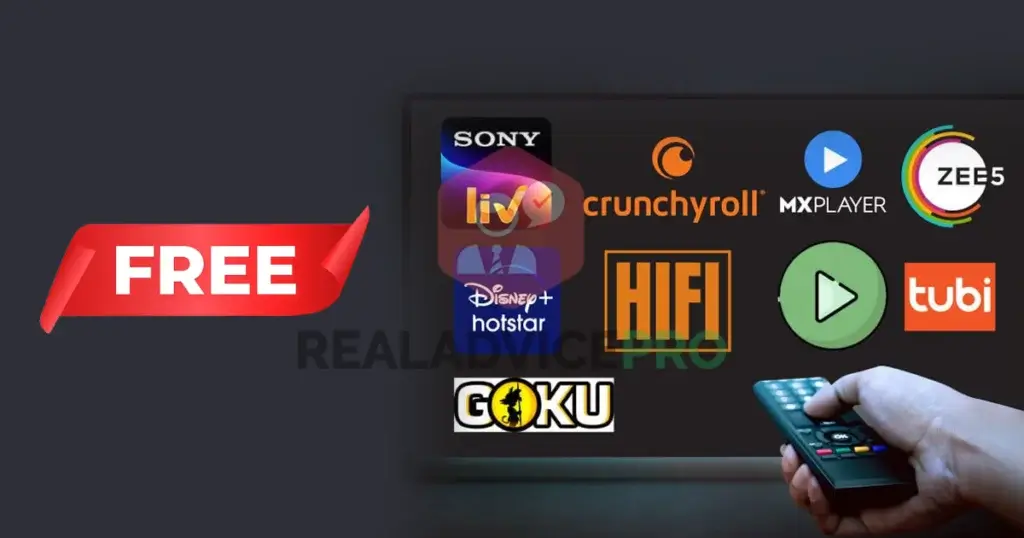
In the OTT world, AVOD offers the tempting allure of free entertainment, but like any free lunch, it comes with strings attached – ads. Platforms like Hulu and YouTube turn those commercials into cash through several strategies. Firstly, they leverage user data to serve targeted ads, meaning you might see workout gear after a fitness video or makeup ads based on your browsing history.
These personalized approaches aim to be more engaging than generic blasts, potentially leading to higher click-through rates. Next, static pre-roll ads are evolving into interactive formats. Imagine shoppable elements within ads, mini-games, or even choose-your-own-adventure commercials – blurring the lines between content and advertising in a bid to be more engaging. Platforms earn impression-based revenue, meaning they get paid every time an ad is viewed or clicked, incentivizing both them and advertisers to create relevant and engaging ads. Additionally, some platforms like YouTube offer branded content integrations, where brands sponsor channels or create original content, further diversifying revenue streams.
While AVOD provides free entertainment, remember, you’re paying with your attention. Navigating the fine line between user experience and monetization, as well as addressing data privacy concerns, remains a significant challenge for platforms utilizing this model. So, the next time you enjoy free content, remember, that there’s more than meets the eye behind those seemingly harmless commercials.
Pay-Per-View: The “A La Carte” Approach to OTT (TVOD)

Craving the latest blockbuster but hesitant to commit to a subscription? Enter the world of TVOD (Transactional Video-on-Demand), the “a la carte” option for OTT platforms. Here, you curate your own entertainment instead of navigating endless libraries. Platforms like Apple TV and Amazon Prime Video see individual purchases turn into profit through strategic moves. Firstly, TVOD offers flexibility and choice. Need just one episode to complete a season? Pay for it and move on. Want to catch the latest movie without a subscription? No problem!
This catered approach attracts casual viewers and those with specific interests. Secondly, with higher prices per transaction compared to subscriptions, platforms potentially enjoy greater profit margins. Exclusive early access to movies or pay-per-view sporting events creates a sense of scarcity and urgency, further driving purchase decisions. However, challenges linger. Price sensitivity can deter viewers hesitant to repeatedly pay for individual content.
Discoverability is another hurdle, as users need to actively search for specific titles rather than browsing curated libraries. Ultimately, TVOD isn’t a subscription replacement, but it caters to niche interests and event-driven viewing. Think of it as a personal movie theater experience, brought on-demand and tailored to your desires. Remember, flexibility and control come at a premium in the world of TVOD.
(Hey! If you’ve been enjoying this blog, I’d like to encourage you to check out our youtube channel for more amazing content)
Merchandise and licensing

Another way is how OTT platforms make money.
Forget just subscriptions and ads, the OTT world boasts hidden gems that contribute significantly to platform wealth: merchandise and licensing. Platforms like Netflix aren’t just content creators, they’re merchandising moguls, turning fan love into tangible profits. Imagine sporting a Stranger Things T-shirt or sipping coffee from a Mandalorian mug – it’s a win for your fandom and the platform’s bank account. But it’s not just about branded mugs. Licensing their shows and movies to other companies unlocks a treasure trove of possibilities: international distribution deals, theme park attractions based on beloved characters, or even video game adaptations.
Each license agreement translates to a fee, expanding reach and squeezing every drop of value from their content. Platforms also go global, catering to regional tastes with dubbed shows or localized merchandise, attracting new audiences and potential licensing partners. However, navigating this path isn’t without challenges. Flooded markets with cheap merchandise can dilute brand value, and negotiating favorable licensing deals requires sharp business acumen. So, the next time you see a character-themed T-shirt or witness your favorite show adapted into a game, remember, that these seemingly peripheral avenues are crucial contributors to the OTT ecosystem. From branded mugs to international deals, merchandise and licensing offer hidden gems in the treasure trove of OTT monetization.
The curtain closes on our exploration of OTT monetization! Remember, it’s more than subscriptions and ads. Platforms like Netflix juggle subscriptions, targeted ads, pay-per-view, and even merchandise sales to keep the content flowing. Each platform tailors its strategy, with subscriptions as the foundation, AVOD offering free (ad-supported) options, and TVOD catering to specific needs. The hybrid model combines these, highlighting the dynamic nature of the game.
So, the next time you stream, remember the complex ecosystem behind the scenes. Your viewing choices power the industry, and understanding the monetization game makes you a more informed viewer. If you liked this how OTT platforms make money blog, make sure to subscribe to our newsletter for more such updates.
